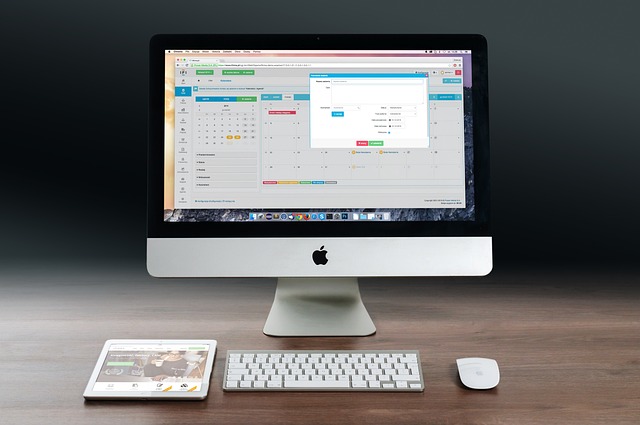With the Covid-19, there has been a huge change in how people handle business. Among the biggest shifts has been the designing of a remote workforce. As a way to adhere to the set regulation, most people have to work from home. That forced companies to find ways that they can use to transfer the business data securely through unprotected data. But the use of the VPN is the answer to this issue.
Defining VPN
The VPN is made to shelter data when it is changed over the internet. It is a safe space that offers protection from data being transferred.
It can be challenging for remote workers to access the files they need from the home office. That makes it difficult when they need to access the resources in these files to get the data. The use of a VPN will offer you an opportunity to ensure you get a secure environment that can be used to send and receive data.
Usage of VPN
The VPN is for setting up network connections that are safe and dependable between endpoints and the main server. When working remotely, they will not have the data they need to access the company’s serves without using a VPN. Thus, this means that they will not manage to work and that will limit their productivity. But with a VPN, that does not have to be the case. You will be in a position to access the data that you need without having to worry about the data falling into the wrong hands or dealing with external threats.
Ways That A VPN Can Boost Data Confidentiality and Safety
VPN is encrypted in nature, and it is what is used to secure the connection. Since it is encrypted, information can be sent using the VPN, and that can lead to it being secured from anyone without authority trying to get your information. Thus, this will help ensure that the data you sent reaches the destination safe and sound.
At times you might use the VPN and still find that data falls into the wrong hands. When this happens, you will not have to worry about it as the information will be scrambled and distorted; thus, this will help in rendering the information useless.
About The Name Virtual Private Network
Though it might not be a remedy for all your cybersecurity needs, it is a system that comes in handy when dealing with the communication of one tool to your business network to an insurance system or one that you are not in a position to control.
If you want to find out more about VPN and what it has to offer, get in touch with our business today. Our team at IT Ninjas will be willing to answer any questions you have and ensure that you get the most from the system. With the right system, it will be easy for you to pass data to your employees working remotely.





